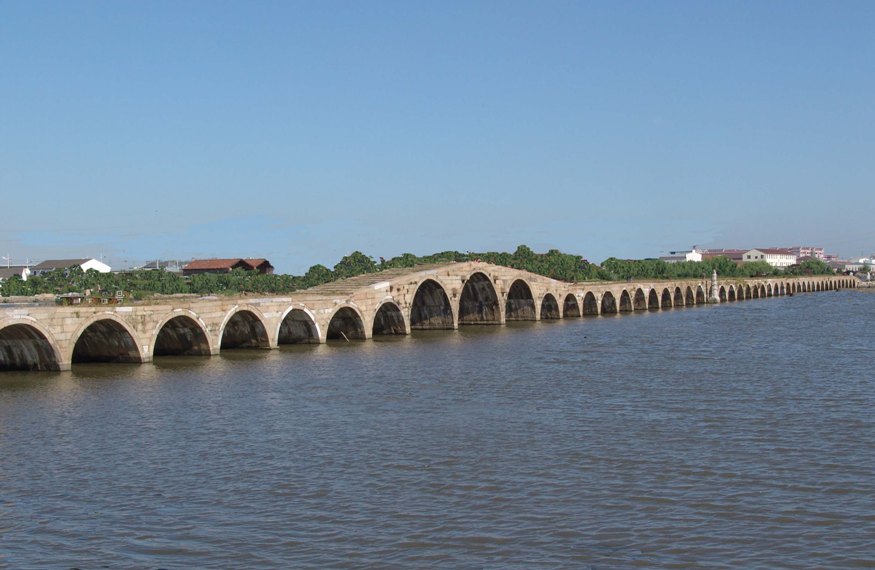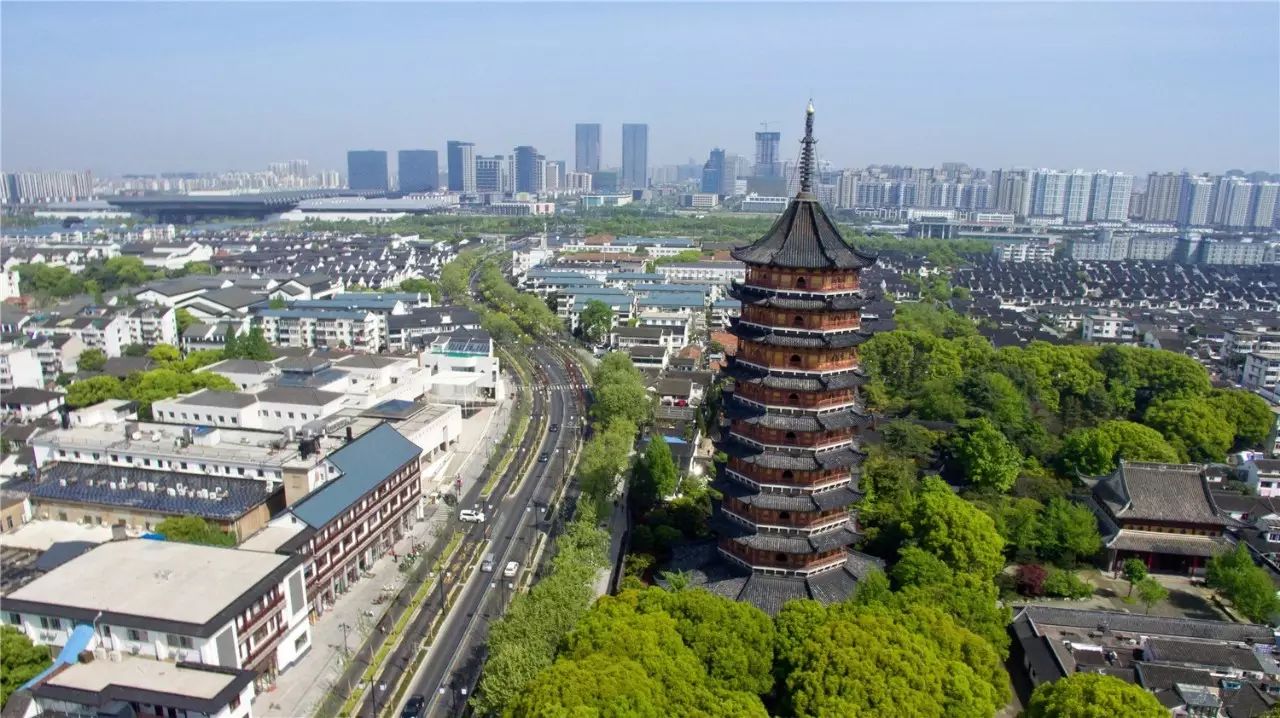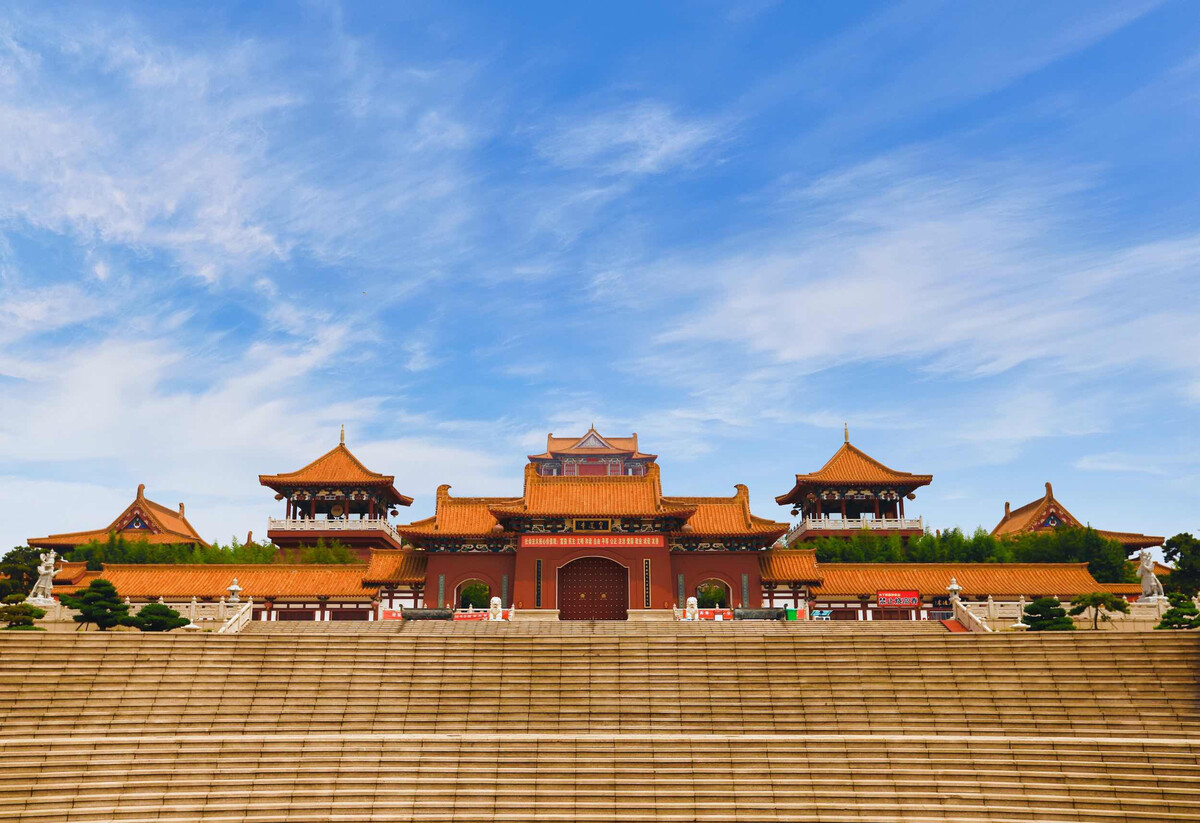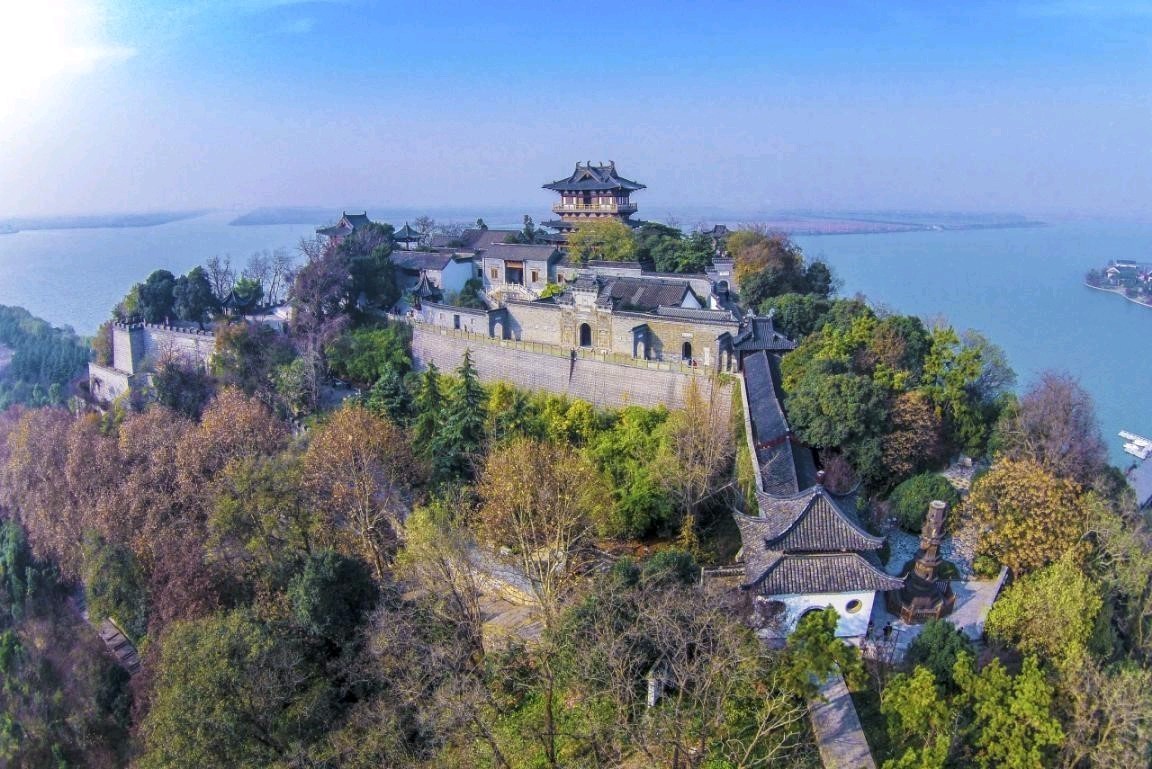
Deutsch-Chinesische Enzyklopädie, 德汉百科
 Jiangsu Sheng-JS
Jiangsu Sheng-JS







Die Baodai-Brücke (chinesisch 宝带桥, Pinyin Bǎodài qiáo, englisch Baodai Bridge) ist eine in der Stadt Suzhou, Provinz Jiangsu, China, gelegene alte Bogenbrücke. Es handelte sich ursprünglich um eine Straßenbrücke, heute ist sie jedoch nur für Fußgänger freigegeben. Ihre Gesamtlänge beträgt 316,8 Meter, ihre Breite 4 Meter, die Anzahl der Felder beträgt 53. Die ursprüngliche Brücke wurde im Jahr 806 in der Zeit der Tang-Dynastie errichtet, aber mehrfach zerstört und wieder aufgebaut. Die gegenwärtige Brücke wurde in der Ming-Dynastie unter dem Kaiser Zhengtong errichtet und im Jahre 1446 fertiggestellt.


包袱锦彩绘是古建筑彩绘的一种,是“苏式彩绘”的优秀代表,以江南为代表的南方彩绘,包袱苏式彩画普遍运用烟云类纹饰作为包袱轮廓内容,包袱内绘各种图案,清早、中期以吉祥图案为主,晚期普遍以写实绘画为主,例如山水、人物故事、翎毛花卉等,构图生动活泼,色彩淡雅宜人,是采自江南苏杭一带民间建筑彩绘的传统做法。包袱锦彩绘艺术主要是南方古建彩画使用的,目的不仅具有保护建筑木构件的作用,同时这种装饰上鲜明、强烈的民族色彩和民族风格,使整个建筑艺术具有艺术效果。




 Anhui Sheng-AH
Anhui Sheng-AH
 Beijing Shi-BJ
Beijing Shi-BJ
 Chongqing Shi-CQ
Chongqing Shi-CQ
 Fujian Sheng-FJ
Fujian Sheng-FJ
 Gansu Sheng-GS
Gansu Sheng-GS
 Guangdong Sheng-GD
Guangdong Sheng-GD
 Guangxi Zhuangzu Zizhiqu-GX
Guangxi Zhuangzu Zizhiqu-GX
 Guizhou Sheng-GZ
Guizhou Sheng-GZ
 Hainan Sheng-HI
Hainan Sheng-HI
 Hebei Sheng-HE
Hebei Sheng-HE
 Heilongjiang Sheng-HL
Heilongjiang Sheng-HL
 Henan Sheng-HA
Henan Sheng-HA
 Hongkong Tebiexingzhengqu-HK
Hongkong Tebiexingzhengqu-HK
 Hubei Sheng-HB
Hubei Sheng-HB
 Hunan Sheng-HN
Hunan Sheng-HN
 Jiangsu Sheng-JS
Jiangsu Sheng-JS
 Jiangxi Sheng-JX
Jiangxi Sheng-JX
 Jilin Sheng-JL
Jilin Sheng-JL
 Liaoning Sheng-LN
Liaoning Sheng-LN
 Macau Tebiexingzhengqu-MO
Macau Tebiexingzhengqu-MO
 Nei Mongol Zizhiqu-NM
Nei Mongol Zizhiqu-NM
 Ningxia Huizu Zizhiqu-NX
Ningxia Huizu Zizhiqu-NX
 Qinghai Sheng-QH
Qinghai Sheng-QH
 Shaanxi Sheng-SN
Shaanxi Sheng-SN
 Shandong Sheng-SD
Shandong Sheng-SD
 Shanghai Shi-SH
Shanghai Shi-SH
 Shanxi Sheng-SX
Shanxi Sheng-SX
 Sichuan Sheng-SC
Sichuan Sheng-SC
 Taiwan Sheng-TW
Taiwan Sheng-TW
 Tianjin Shi-TJ
Tianjin Shi-TJ
 Xinjiang Uygur Zizhiqu-XJ
Xinjiang Uygur Zizhiqu-XJ
 Xizang Zizhiqu-XZ
Xizang Zizhiqu-XZ
 Yunnan Sheng-YN
Yunnan Sheng-YN
 Zhejiang Sheng-ZJ
Zhejiang Sheng-ZJ


Der originale Pi Lo Chun kommt aus der Stadt Suzhou. Angebaut wird er auf zwei kleinen Hügeln südlich der Stadt. Der eine befindet sich auf einer kleinen Insel im Tai-See (Tai Hu, der Große See), der andere auf einer Halbinsel, die in den See hineinragt.
 Geography
Geography
 Architecture
Architecture

 History
History
 Religion
Religion
 Art
Art
 Eat and Drink
Eat and Drink